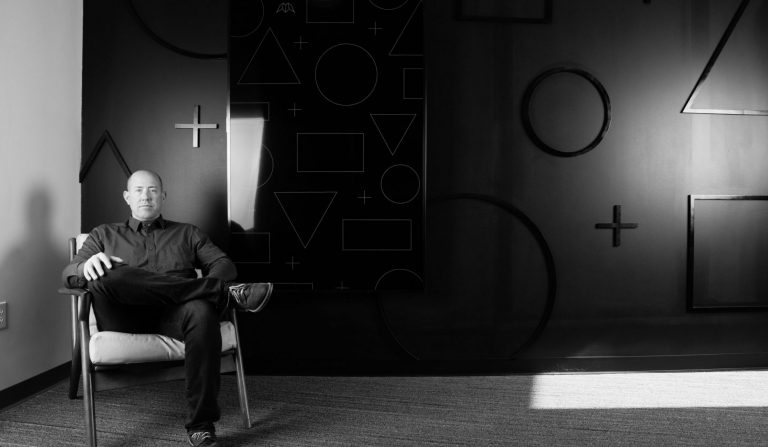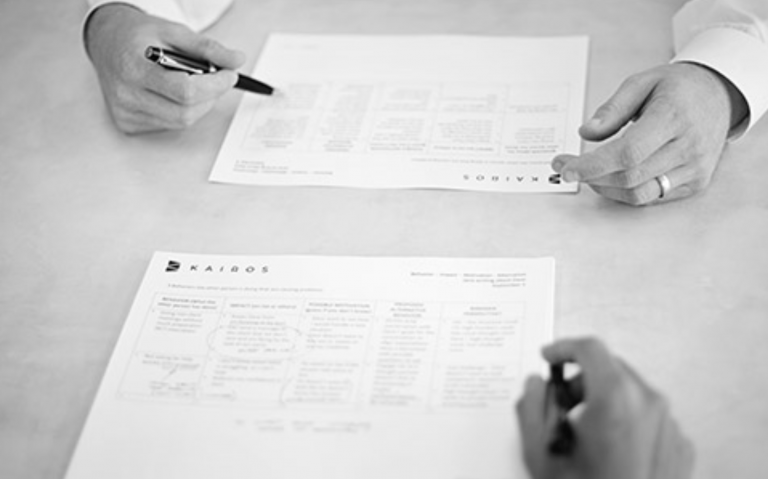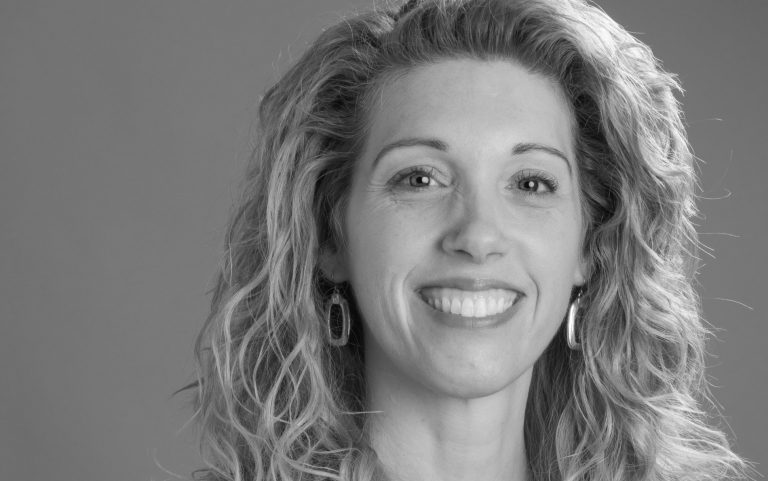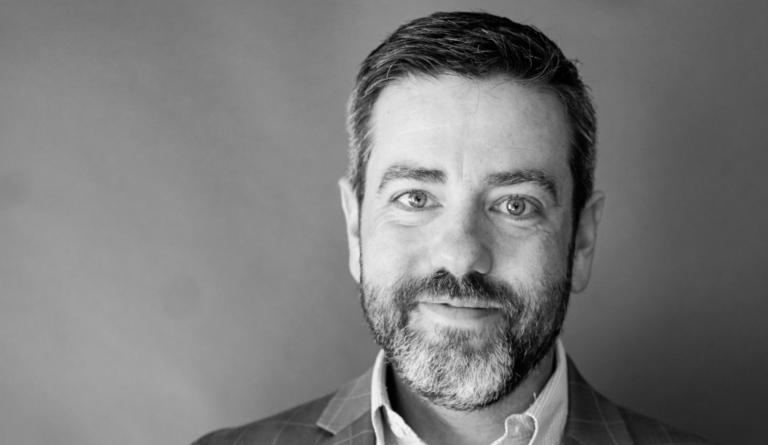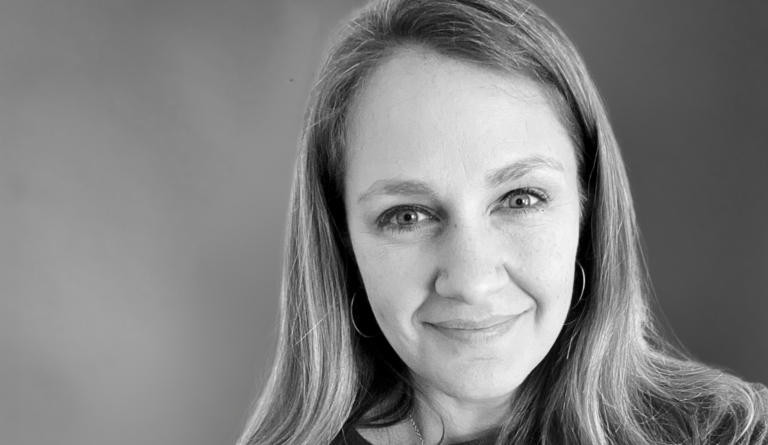We all have a mental model of what the future holds. This model is based on our experiences, our assumptions, and our expectations. Depending on our personality and circumstances, we may be more or less conscious of this model.
Change introduces uncertainty about the future. It disrupts our mental model, like a careless child bumping a chessboard.
Our assumptions about “they way things are” get challenged.
And people often try to hold onto the old model—their assumptions and expectations—even after the disruption. As they try to make sense of the new reality, they experience intense disorientation. Confused individuals spend mental and emotional energy trying to “figure out” the new reality, and their work quality, efficiency, and patient/customer satisfaction tend to decline.
What can leaders do to help individuals work through their disorientation during times of organizational change? Robert Evans, an authority on organizational change in school systems, gave me 3 kernals of ideas, which I’ve expanded below:
Maintain high personal contact. Individuals slogging through the disorientation created by change need deeper emotional support than usual. Leaders who actively listen, surface difficult emotions, and productively deal with them can help people work through their disorientation. When a change also requires learning new skills, individuals benefit from having leaders who “stick with them” through the transition process, helping them get comfortable with the new way of working. Otherwise, people can feel abandoned.
Establish continuity. Caregivers are particularly passionate about their work, and expect to work in environments where their values (patient welfare and advocacy, e.g.) are honored. A change may be perceived as threatening those values. When individuals are skeptical that “the new way” will support their values, they understandably resist the change. Leaders can help by showing ways that the future state also will allow them to honor their values. This creates a “values roadmap” for those going through change, establishing a vital link between past and future.
Be patient. As individuals process the impact of the change on them, they experience loss—loss of a sense of competence, loss of a sense of value, loss of a sense of direction, and loss of expectations for the future. They must take time to grieve. This process is necessary and beneficial, but it takes time. Leaders often have had more time to process the change, and they often are the initiators of the change. This can lead to impatience, as they want their teams to be “where they are” emotionally. Pushing those in grief too hard or too fast can actually trigger deeper resistance.


